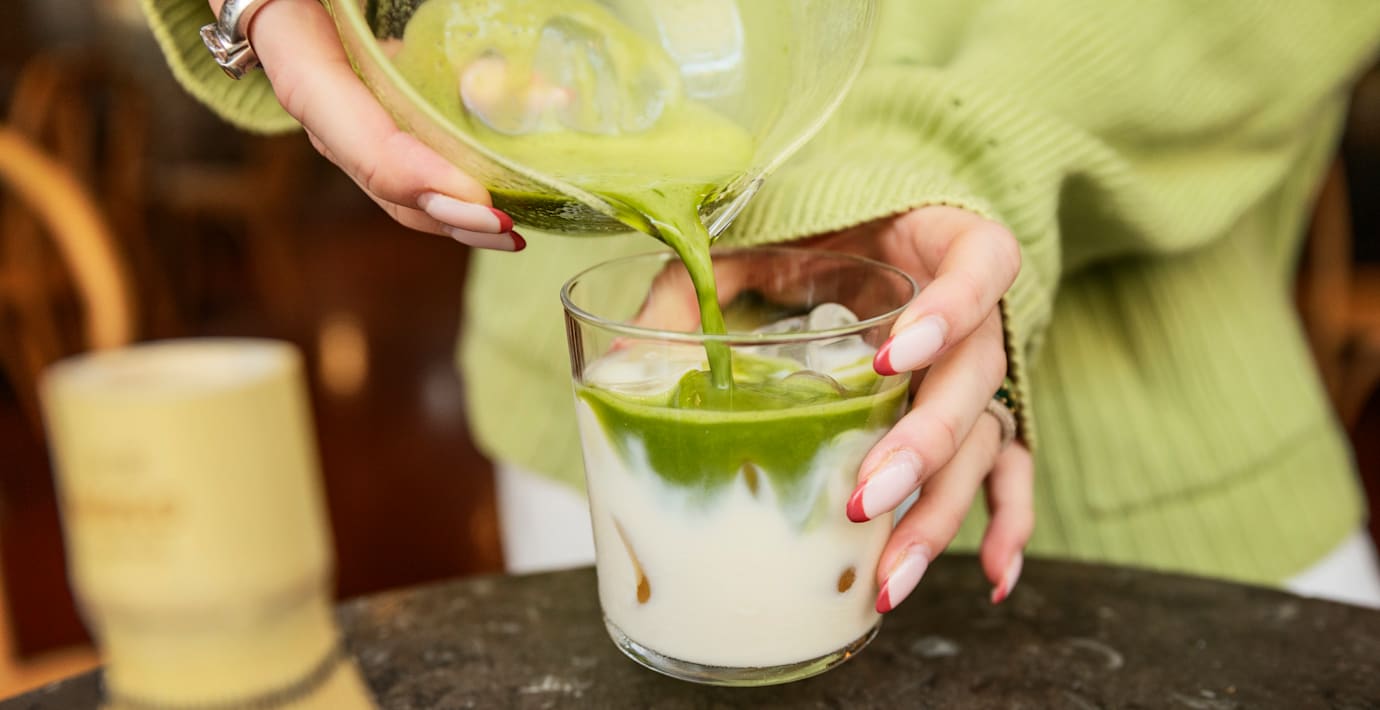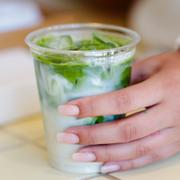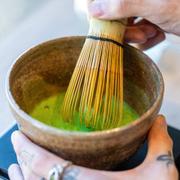
Priset för matcha-blad har rusat: ”Galet just nu”
Det globala suget efter matcha-te har gett en dramatisk prisutveckling för de japanska tebladen som är grundråvara för den populära drycken. För 2025 pekar priskurvan nästan rakt upp – kilopriset för handplockade skördar från Kyoto har mångdubblats, skriver Financial Times.
Japanska temästare beklagar sedan tidigare att utlänningar driver upp priserna på japanskt te genom den globala hajpen för matcha-teet, som ofta tillreds genom en traditionell beredningsritual. Men nu ifrågasätts hållbarheten i matcha-boomen brett inom industrin.
– Det är galet just nu. Alla intressenter vill skala upp hela sina leveranskedjor, säger bulkgrossisten Jason Eng och tillägger att ”alla har problem just nu”.
bakgrund
Matcha
Wikipedia (en)
Matcha (抹茶) is a finely ground powder of green tea specially processed from shade-grown tea leaves. Shade growing gives matcha its characteristic bright green color and strong umami flavor. Matcha is typically consumed suspended in hot water.
Matcha has its origin in Japan, where, Muromachi period in the 16th century, tea farmers developed the technique of shade-grown cultivation. This innovation constitutes the essential process that defines matcha and distinguishes it from earlier forms of powdered tea. Most matcha is produced there today. The traditional Japanese tea ceremony, typically known as chanoyu (茶の湯) or sadō/chadō (茶道), centers on the preparation, serving and drinking of matcha as hot tea, and embodies a meditative and spiritual practice.
Matcha is also used to flavor and dye foods such as mochi and soba noodles, green tea ice cream, matcha lattes, and a variety of Japanese wagashi confectionery. For this purpose, matcha made green by color additives instead of expensive shade-grown matcha is often used.
Omni är politiskt obundna och oberoende. Vi strävar efter att ge fler perspektiv på nyheterna. Har du frågor eller synpunkter kring vår rapportering? Kontakta redaktionen

